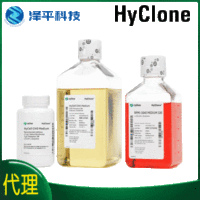Definitions and Criteria for Stem Cells
互联网
互联网
相关产品推荐

Zika virus (ZIKV) (strain Zika SPH2016) ZIKV-E (Stem/anchor domain of flavivirus envelope glycoprotein E) protein (Fc Tag)
¥4520

海克隆Hyclone Water, WFI Quality, Meets current USP monograph criteria for WFI packaged in bulk for commercial use elsewhere. Not for Diagnostic or Therapeutic Use 货号:SH30221.26
¥1000

MKN45人低分化胃癌细胞|MKN45细胞(Human Poorly Differentiated Gastric Cancer Cells)
¥1500

Ly6a/Ly6a蛋白/Ly-6A.2/Ly-6E.1;Stem cell antigen 1;SCA-1;T-cell-activating protein;TAP蛋白/Recombinant Mouse Lymphocyte antigen 6A-2/6E-1 (Ly6a)重组蛋白
¥69

Recombinant-Oryza-sativa-subsp-japonica-ASC1-like-protein-3Os03g0264000-LOCOs03g15750ASC1-like protein 3 Alternative name(s): Alternaria stem canker resistance-like protein 3
¥11312
相关问答

